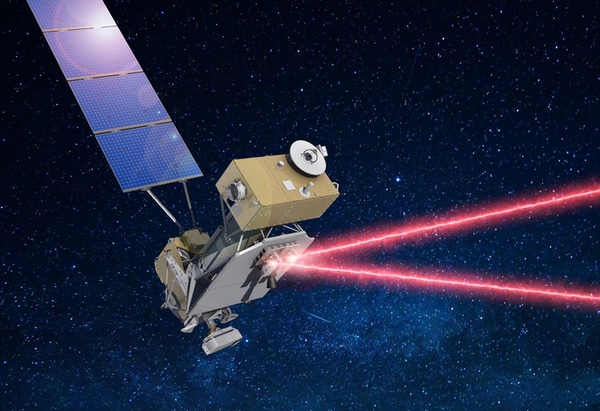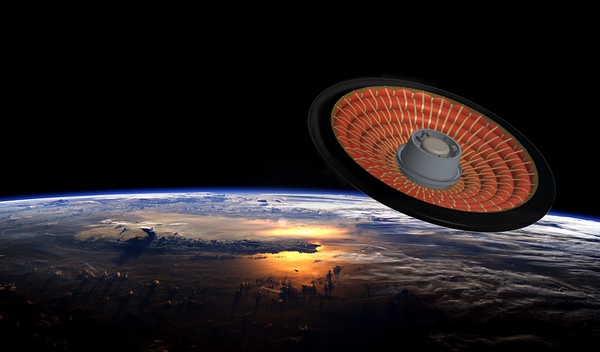Investing in these innovations will get us to Mars and beyondby Dylan Taylor
|
| Some of the most scalable technologies have proven their value in preliminary stages and hold long-term potential for deep space exploration. |
Progress is partially due to the convergence of many exciting trends that are helping to advance space innovations within the sector. Startups have flocked to the space industry to bring sophisticated technologies like quantum computing, phased array radar, artificial intelligence, cubesats, and other services. Along with NASA, the NewSpace sector is working to transform innovations that can help us reach and settle Mars.
While many unproven technologies have entered the market, investors will want to commit capital to disruptive and differentiated technologies. Some of the most scalable technologies have proven their value in preliminary stages and hold long-term potential for deep space exploration. These are the lucrative innovations redefining Mars exploration.
Inflatable heat shields
The largest vehicle that humans have landed on Mars is the Perseverance rover, roughly the size of a car. But for astronauts to arrive on Mars safely one day, we’ll need much larger spacecraft and thus protection for them as they enter the Martian atmosphere.
Heat shields can help support larger vehicles, but current versions are rigid and the size needed to transport large spacecraft that carry humans won’t fit properly into a rocket. However, NASA’s inflatable heat shields in development could allow heavier spacecraft to enter and land on the Martian surface thanks to its flexible design.
NASA and the United Launch Alliance’s current six-meter inflatable heat shield works by expanding and inflating before it enters the atmosphere, acting as a brake to slow the spacecraft and land cargo and astronauts safely on the surface and take up less space in a rocket. Ultimately, this cutting-edge prototype, expected to launch later this year, could land much larger spacecraft on any extraterrestrial surface with an atmosphere.
New models are still progressing but could help deliver large payloads of water and supplies to worlds with thick atmospheres. According to a new market report, the aerospace segment for the overall heat shield market can expect 3.5% annual growth by 2027. While NASA is the technology’s leading developer, the NewSpace sector has many opportunities to drive competition by either developing shields or manufacturing needed materials in a market ripe for disruption and competition.
Nuclear propulsion systems
Astronauts will have to travel hundreds of millions of kilometers in deep space to reach Mars. Therefore, updated propulsion systems will be critical to sending astronauts safely and quickly to the planet. Scientists have found that while it’s uncertain which propulsion system will take astronauts to Mars in the future, it will need to be nuclear-enabled to reduce long travel times. NASA is currently working on both nuclear electric and nuclear thermal propulsion research and testing projects that use nuclear fission. It anticipates sending astronauts to the Red Planet by the 2030s. However, while the nuclear electric rocket is more efficient, its thrust is weaker than nuclear thermal propulsion.
| As Elon Musk promises to get humans to Mars and NASA sends people to the Moon, these innovations may be the tip of the space investment iceberg. |
It’s not just NASA focusing on nuclear innovations. Space companies are eyeing innovations to propel the industry forward, too. Blue Origin, Lockheed Martin, and General Atomics were recently hired by the the Defense Advanced Research Projects Agency (DARPA) to test nuclear propulsion above low Earth orbit as part of a larger project by 2025. Adding more fuel to the flame, Elon Musk has admitted that nuclear power is critical to habitable bases on Mars.
Whichever system is superior, nuclear propulsion will greatly reduce a space crew’s time away from home. Along with other NewSpace players, NASA is continuing to develop, test, and mature these crucial parts and functions of different propulsion systems to reduce the risk and challenges of the first human crewed mission to Mars and back. It’s no surprise that the overall global space propulsion market will increase from $6.7 billion in 2020 to $14.2 billion by 2025.
 NASA is testing laser communications in Earth orbit now and plans a deep-space demonstration of the technology on the upcoming Psyche mission. (credit: NASA/GSFC) |
Laser communications
In the future, crewed missions to Mars may use lasers to share information with Earth. Laser communication systems used on the way to and on Mars could send vast amounts of real-time data, including high-definition images and video feeds, back home. The innovation could be a game-changer for efficient communications and according to a recent NSR report, the market for laser comm terminals holds a $3 billion opportunity over the next ten years. Not only will such innovation help us communicate with astronauts, but we can more directly view their adventures as they navigate life on the Red Planet.
NASA was one of the first industry disruptors, proving that laser communications were possible from the Moon in 2013. Future tests will navigate various operational scenarios to finesse pointing systems and challenges. NASA's Deep Space Optical Communications will be tested on the Psyche mission to the asteroid belt, scheduled to launch later this year. It’s expected to increase spacecraft communications performance and efficiency by 10 to 100 times compared to conventional operations.
Corporations at the intersection of communications, big tech, and NewSpace are also getting on board to influence the laser communications niche. Google X and Facebook Connectivity Lab’s collaboration with Mynaric resulted in stable air-to-ground communications.
SpaceX’s Starlink will also boast inter-satellite laser links (ISL), among the promising commercial ventures which harness interconnection of high-altitude platforms like satellites to use as a foundation for high-performance optical networks.
As Elon Musk promises to get humans to Mars and NASA sends people to the Moon, these innovations may be the tip of the space investment iceberg. Once humans reach Mars safely, these innovations may take on advanced capabilities, providing us with a wealth of information. When nations and companies collaborate to achieve the seemingly impossible, we create new opportunities that have both extraordinary and practical applications for life on Earth and beyond.
Note: we are using a new commenting system, which may require you to create a new account.
